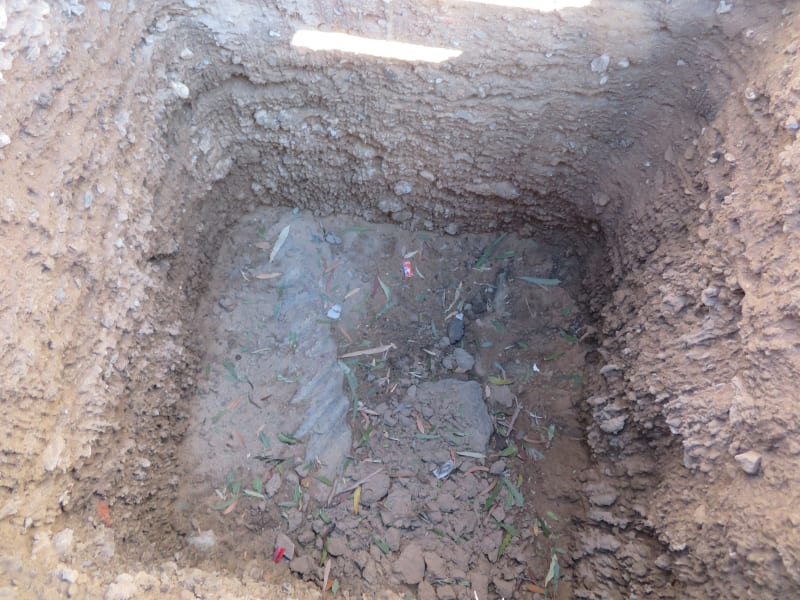TWC3
Structural
- Feb 13, 2020
- 3
The contractors found a 12" culvert about 5' under where the drilled pier is to go. The vertical loading is only 500 lbs but with the weight on the concrete itself, the load will be around 4 kips vertical. The drilled pier is 2ft in diameter and embeded 5'. Moving the drilled pier is not an option. I can however, reduce the embedment by making the pier wider but I still have the issues with the surcharge. Is surcharge even an issue with these type of loading on an existing culvert that should have been designed for all of the soil weight above it and traffic loads?
Thanks
Thanks

![[idea] [idea] [idea]](/data/assets/smilies/idea.gif)
